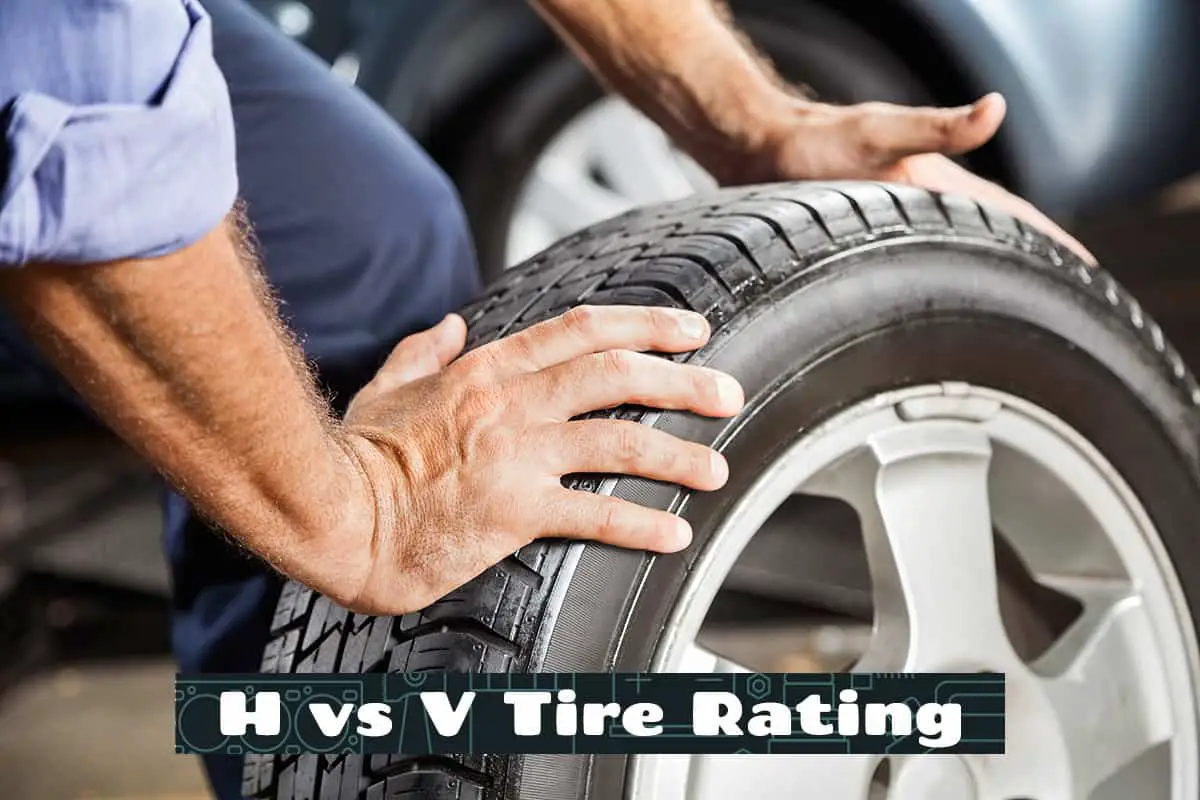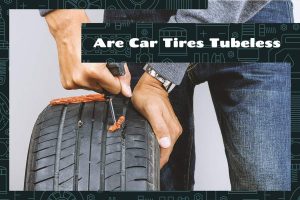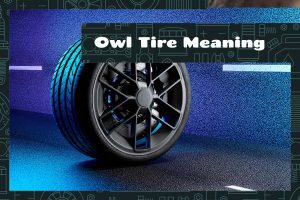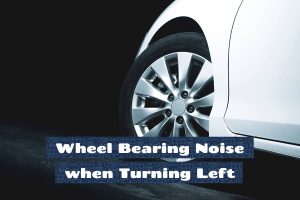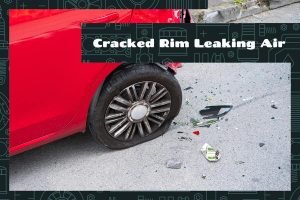Tire ratings are not just random letters printed on the tire’s sidewall; they indicate crucial characteristics that could significantly affect your car’s handling and responsiveness. With several ratings available, ‘H’ and ‘V’ are among the most common ones you might encounter.
In the context of tires, ‘H’ and ‘V’ are speed ratings. They represent:
- ‘H’: A tire rated for speeds up to 130 MPH
- ‘V’: A tire rated for speeds up to 149 MPH
This guide will go into the specific characteristics of H and V-rated tires and their suitable use cases.
Decoding Tire Ratings

Tire ratings can seem like a mysterious code to the uninitiated, but once you understand them, they provide valuable information about your tires’ capabilities. Primarily, they offer details on tire size, type, load index, and the focus of our guide today, speed rating.
Overview of Tire Speed Ratings
Speed ratings, denoted by letters of the alphabet, tell us the maximum speed at which a tire can safely travel for a sustained period under optimal conditions.
They originated in Europe in response to high-speed driving conditions on expressways. It’s essential to understand that speed ratings are not recommendations to exceed speed limits, but performance, handling, and safety indicators at specified speeds.
The ratings range from ‘A’ (lowest) to ‘Y’ (highest). Oddly enough, ‘H,’ which used to represent high-performance tires, falls in between ‘U’ and ‘V,’ which can be a source of confusion even among car enthusiasts.
The Meaning of H Tire Rating
An ‘H’ rating means the tire is tested safe to run at speeds up to 130 mph. H-rated tires strike a balance between performance and comfort. They typically have a higher sidewall, absorbing road imperfections for a smoother ride. You’ll find H-rated tires on many sedans, coupes, and smaller SUVs.
The Meaning of V Tire Rating
V-rated tires are safe at speeds up to 149 mph. They’re typically used on sports cars, larger sedans, and some larger SUVs. With a focus on performance, these tires usually have a lower sidewall height, translating to improved steering response and cornering stability.
When and Why to Choose H Rating
Choosing the right tire rating depends on several factors, including your vehicle’s specifications, your driving style, and the typical conditions you drive. H-rated tires, designed for up to 130 mph, offer a balanced approach, catering to various vehicles and driving conditions.
Performance Characteristics of H-Rated Tires
H-rated tires are generally classified as ‘touring’ or ‘all-season’ tires, designed to offer comfortable driving over long distances. They come with a blend of performance and ride comfort, thanks to their construction and tread design.
Their performance is characterized by dependable handling at highway speeds, secure wet and dry traction, a quiet ride, and long tread life. Their stiffer sidewalls provide good steering response while still absorbing road imperfections, contributing to a smoother, more comfortable ride.
Ideal Use Cases for H-Rated Tires
H-rated tires are ideal for drivers who want a good blend of performance, comfort, and durability. If your daily commute involves a fair amount of highway driving or you frequently take long road trips, H-rated tires are an excellent choice. They are also a good fit for family cars, sedans, minivans, and smaller SUVs that require a balance of handling, comfort, and treadwear.
H-rated tires also perform well in various weather conditions, offering dependable traction whether it’s raining, snowing, or sunny, thanks to their all-season tread design.
Pros and Cons of H-Rated Tires
Pros:
- Balanced Performance: H-rated tires offer a good balance of speed capability and ride comfort.
- Tread Life: They generally have longer tread life compared to high-performance tires.
- All-Season Performance: They can handle a variety of weather conditions, including light snow.
Cons:
- Speed Limitations: While safe up to 130 mph, H-rated tires might not be suitable for high-performance vehicles that regularly operate at higher speeds.
- Handling: Although they offer dependable handling, they might not provide a high-performance tire’s precise steering response and cornering grip.
When and Why to Choose V Rating
Choosing V-rated tires is often driven by a need for high performance and improved handling. Designed for higher speeds up to 149 mph, these tires are common choices for sportier vehicles and drivers seeking more dynamic handling.
Performance Characteristics of V-Rated Tires
V-rated tires fall under the high-performance category and are designed for vehicles that require excellent handling and speed capabilities. The main characteristics of these tires include increased steering precision, enhanced cornering ability, and superior braking performance at high speeds.
Additionally, V-rated tires usually feature a lower profile (the height of the sidewall is relatively small compared to the width of the tire) which contributes to improved handling and steering response. Their tread patterns are optimized for maximum traction, especially on dry pavement, although many perform well in wet conditions too.
Ideal Use Cases for V-Rated Tires
V-rated tires are ideal for high-performance sedans, sports cars, and some SUVs. These vehicles benefit from the increased handling and responsiveness these tires provide. If you’re a driver who enjoys dynamic driving, or your vehicle has a high top speed, V-rated tires may be appropriate.
While V-rated tires can handle a variety of weather conditions, they are often more focused on dry and wet performance, making them a popular choice in regions that see less winter weather. Some drivers may choose to have a separate set of winter tires for snowy conditions.
Pros and Cons of V-Rated Tires
Pros:
- Handling: V-rated tires provide improved handling and responsiveness, particularly at high speeds.
- Braking: The performance-oriented tread designs contribute to shorter stopping distances.
- Speed Capabilities: These tires are safe for speeds up to 149 mph, making them suitable for high-performance vehicles.
Cons:
- Tread Life: High-performance tires often have shorter tread life compared to touring tires.
- Comfort: With a focus on performance, these tires might not provide as comfortable a ride as H-rated tires, especially over rough surfaces.
Side-by-Side Comparison Table
| Parameters | H-Rated Tires | V-Rated Tires |
| Speed Rating | Up to 130 mph | Up to 149 mph |
| Performance Characteristics | Good balance of performance, comfort, and tread life | Superior handling, braking, and high-speed capabilities |
| Ideal Use Cases | Highway driving, long trips, family cars, sedans, minivans, smaller SUVs | High-performance sedans, sports cars, dynamic driving |
| Pros | Balanced performance, longer tread life, all-season performance | Improved handling and responsiveness, shorter stopping distances, higher speed capabilities |
| Cons | Limited for high-speed, high-performance driving | Shorter tread life, potentially less comfortable over rough surfaces |
FAQs
1. Can I replace H-rated tires with V-rated ones?
Yes, you can replace H-rated tires with V-rated ones. The speed rating indicates the maximum speed a tire can safely maintain over time. A V-rated tire can handle higher speeds than an H-rated tire, so it is safe in terms of speed capabilities.
2. Do I need to replace all four tires if I want to change the speed rating?
Ideally, all four tires on your vehicle should have the same speed rating to ensure consistent handling and performance. If you’re changing to a higher speed rating, you should replace all four tires at once. However, if replacing all four tires isn’t immediately possible, then at least replace them in pairs, with the new tires going on the rear for safety.
3. How does tire rating impact fuel efficiency?
High-performance tires, such as V-rated tires, often have more rolling resistance due to their design for improved grip and handling, which could potentially reduce fuel efficiency. Touring tires, like H-rated ones, may offer better fuel efficiency due to their lower rolling resistance. However, the difference is usually minimal and could be overshadowed by factors like driving style, tire pressure, and vehicle condition.
